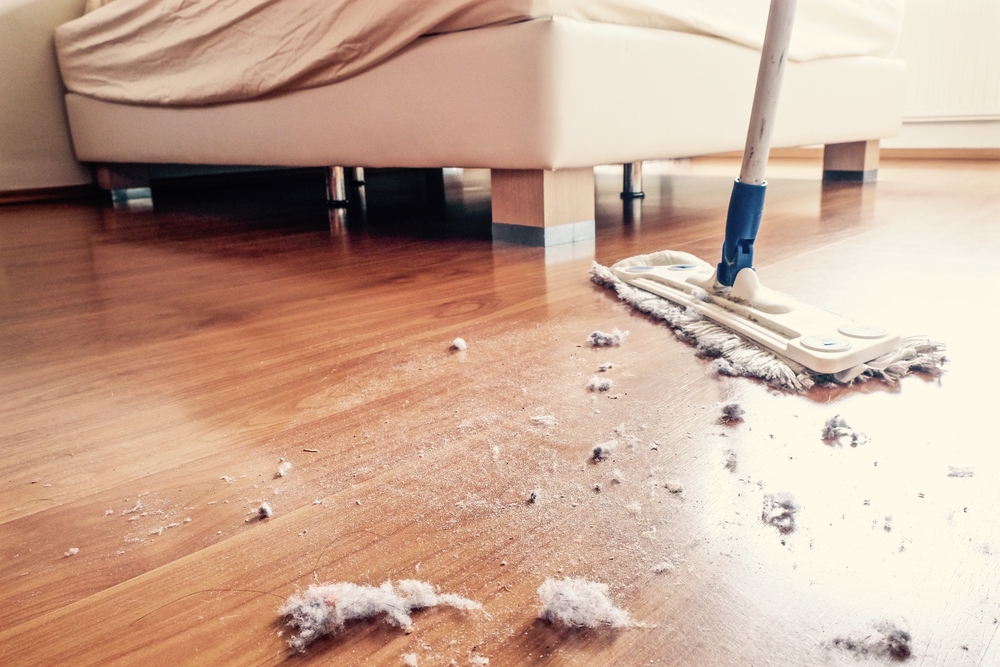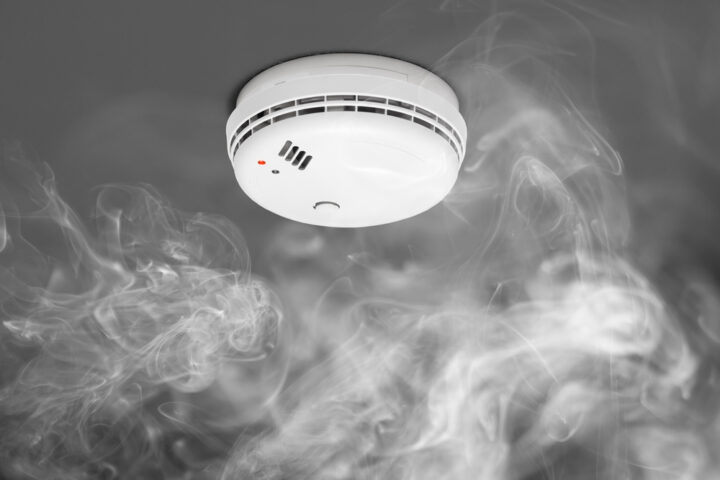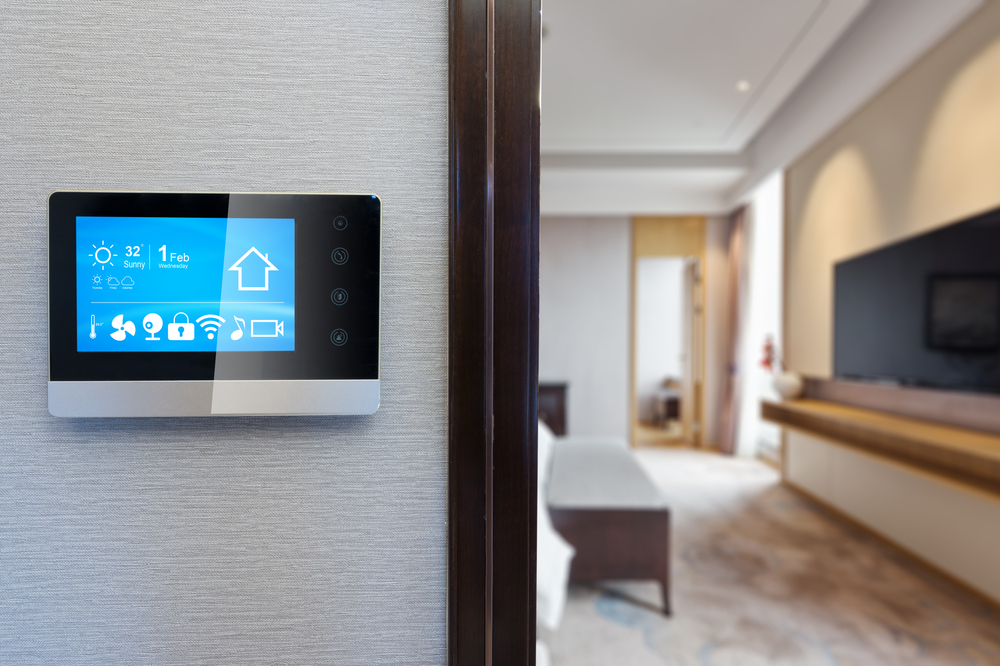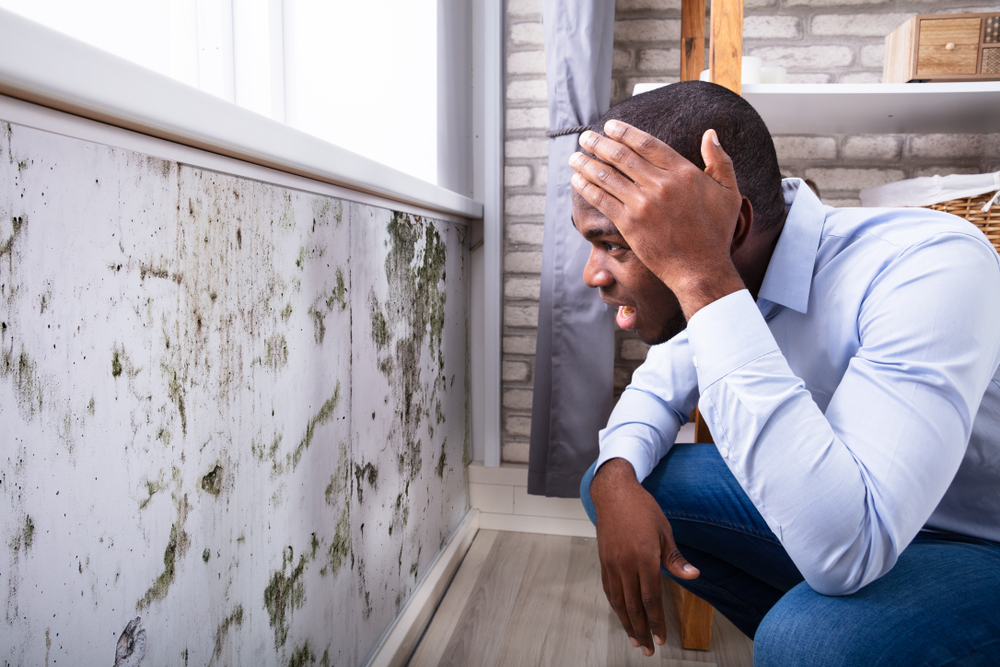
In order to look after your indoor air quality, you first need to develop a solid understanding of just what contributes towards it – or detracts from it. From off-gassing chemical compounds to allergens, fungal spores to pollutants from pest infestations, there are several factors that can get in the way of achieving a healthier indoor space, regardless of its size or number of occupants.
Today, let’s explore some important ways you can improve your indoor environmental quality, which will contribute to improving the very air you breathe.
Minimize the Presence of Carpeting
Carpeting, especially that of the thicker variety, acts as a collector of lint, dust, pet dander, shed skin cells and otherwise, all of which can enter the airflow freely. This is especially a problem in dry conditions as low humidity enables airborne particles and allergens to travel considerably further. The odd area rug here or there isn’t terrible, so long as you perform regular cleanings, but carpeting most or all of your property’s interior can be detrimental to improving indoor environmental quality. Minimize the risk by switching to hardwood flooring, laminate, and other alternatives – you’ll find them easier to keep cleaner, plus those allergens and dust mites will have fewer hiding spots.
Check Ventilation Efficiency
How’s the air flowing through your home? Are there any spots that feel stagnant, possibly too warm or cold? It could indicate that your ventilation isn’t optimized as well as it could be. While regular inspections and professional cleanings are important, so too is ensuring your setup is designed to suit your interior layout. If there’s a “dead zone” – a specific space or entire room that doesn’t receive sufficient air filtration – it can cause an unwanted buildup of airborne particulates and occupant discomfort.
Furnace and Air Conditioning Unit Inspections/Maintenance
Old, outdated and inefficient HVAC systems not only consume more energy – they may also introduce more unwanted particulates and pollutants into the air. However, the same can be said for modern systems in need of a little TLC. This can occur through faulty parts, worn-out components, disconnected ducts, and other unforeseen issues such as intake or exhaust area obstructions. Keeping these systems well-maintained, using appropriate filters, and having them inspected by a certified and trained professional all go a long way in extended their lifespan and improving your air quality. In addition, you may be able to keep them running well for a few years longer.
If you need assistance with your residential air quality testing, our team is happy to help with professional, courteous and detail-focused inspection services. Contact us today to get started.






